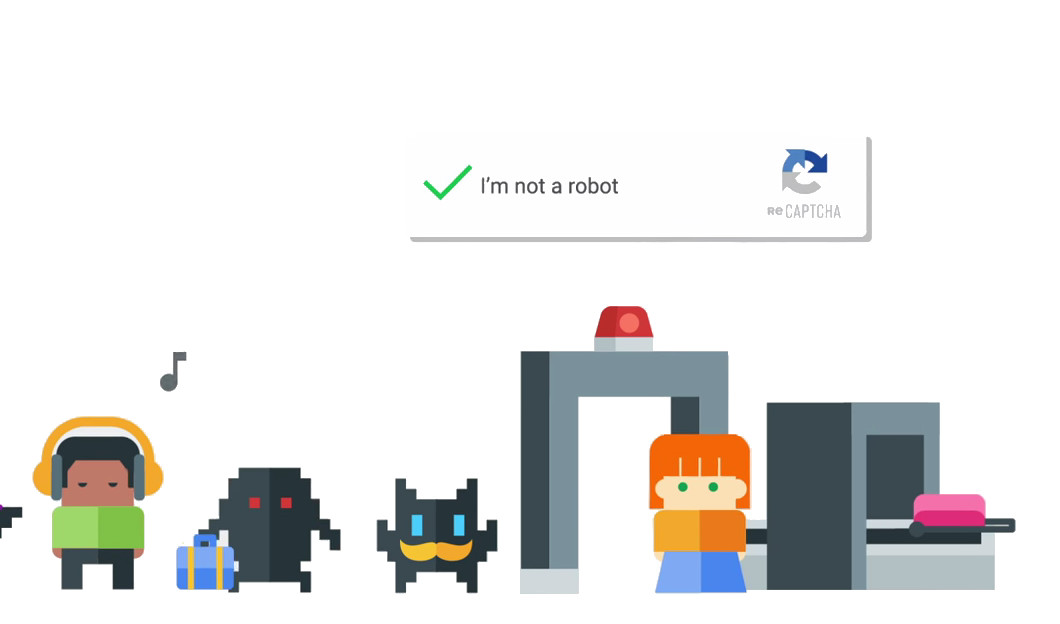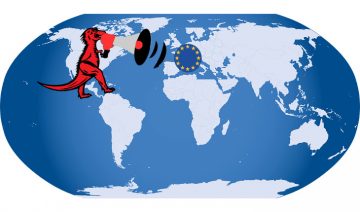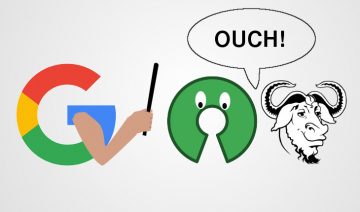When signing up to online services, when sending or submitting forms online, and in so many other cases as well, there’s one common bother we all usually have to go through.
It doesn’t matter whether it’s entering a string of characters that looks like they were taken straight out of a Picasso painting, or selecting which pictures show salad, in one form or another we’ve all bumped into it at some point.
CAPTCHA – stands for “Completely Automated Public Turing test to tell Computers and Humans Apart” – is a mechanism designed to keep harmful automatic programs, otherwise known as “bots”, away from any user input that uses that mechanism.
The annoying “confirm you’re not a robot” verification test certainly has managed to prove itself useful against bot attacks yet along the way, as usual, the naive visitor is the one that pays the price.
The Problem With Current CAPTCHA
Although being highly useful measure against harmful bots, as time goes by, bots are becoming more and more sophisticated therefore, in return, requiring the CAPTCHAs to become more complex.
As a result, the phenomenon ultimately leads to that not only bots experience difficulties in causing harm but also, humans are finding it more and more difficult to solve. The more so it is evident among people with disabilities such as dyslexia or sight problems.
In addition to that there’s of course the nuisance and mistrust feelings that may arise in innocent visitors who are being compelled to fill out CAPTCHA tests time and time again.
Enter Google reCAPTCHA
“reCAPTCHA” is a CAPTCHA-like system owned by Google, being used by the company and other websites as well, such as Facebook, Twitter, etc….
The company provides the reCAPTCHA service to other websites for free. Nonetheless, in exchange, and this is something many users aren’t aware of, Google utilizes user input in order to help digitize and decipher text that may be otherwise too illegible to be scanned by computers into Google Books.
Along the years, Google has improved and perfected reCAPTCHA so much so that nowadays it reached a level where the average user’s input is required only on very rare occasions, and instead of showing (non-suspicious) users a CAPTCHA test, an empty box is shown that the user clicks to tick it, verifying one isn’t a bot.
However, the latest version, referred to as “No CAPTCHA reCAPTCHA”, still has one limitation – it relies on browser cookies, therefore users who delete their cookies regularly might still be bothered by the test.
To mitigate the latter and further improve reCAPTCHA, the test has now reached a sublime level in which instead of relying on cookies, more patterns of the user will be taken into consideration such as mouse movements, time spent on the site, browser type, other actions and more, in order to correctly distinguish between a legitimate user and a bot.
The new mechanism, called “Invisible reCAPTCHA”, is planned be released soon and will supposedly no longer bother the user, not even to verify that one isn’t a bot.
Website owners / app developers can sign up here to receive updates from Google when the new Invisible CAPTCHA launches with instructions on how to set it up.









